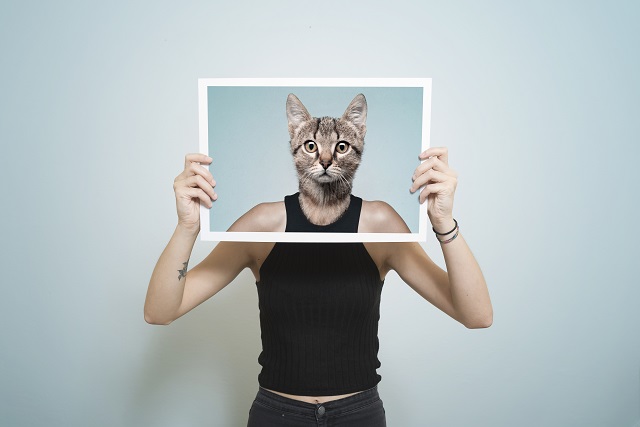
Credit: Getty Images / Francesco Carta
*This piece was originally published April 5, 2019.
It’s easy to see ourselves as separate from the animal kingdom, but Adam Rutherford, author of “Humanimal: How Homo sapiens Became Nature’s Most Paradoxical Creature - A New Evolutionary History,” believes that we aren’t as different as we might think. Fashion design, interacting with fire, and making multi-step plans all seem like qualities that are unique to humans. But according to Rutherford, species across the animal kingdom - from crabs to birds of prey - exhibit many of these complex behaviors too.
Three Takeaways:
- Fashion appears to reach beyond humans. Rutherford tells the story of a chimpanzee named Julie who started a fashion trend that caught on amongst her own and other neighboring tribes: sticking a piece of grass in the left ear. So what are you waiting for? All the cool chimps are doing it; you might as well too.
- Mammals aren’t the animals that perform specialized behaviors. Some types of raptors drop burning sticks onto piles of brush, where their prey are hiding. The prey run into the open to escape the flames, giving the raptors the ability to scoop them up for lunch.
- We’re able to think more deeply, and use tools in a more sophisticated way, than other animals. Rutherford explains how archaeological evidence and mathematical models show that the growth of the human population is what allowed us to become better at transferring ideas and information.
More Reading:
- We primates aren’t the only creatures to use tools. Check out how pom-pom crabs use stinging anemones as weapons.
- An article from the BBC documents homosexual behavior throughout the animal kingdom.
- New Scientist reports on how climate change could have affected our evolution.

